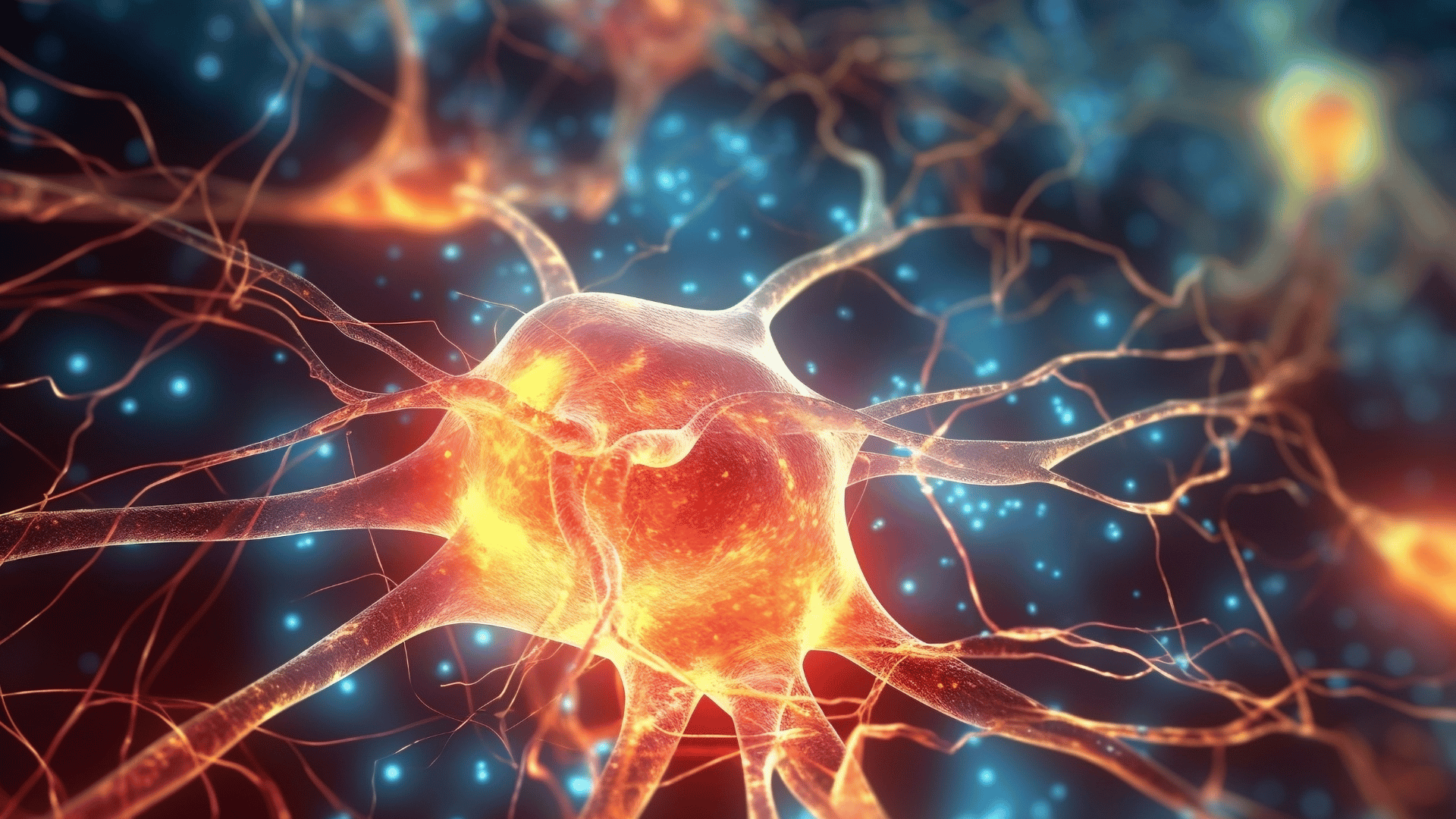Transforming Leadership: Why Moving from Extrinsic to Intrinsic Motivation is Key to High-Performance Teams in Today’s Chaotic World
In a rapidly evolving workplace, where hybrid roles, remote work, and digital transformation redefine business, traditional methods of motivating teams are falling short. For years, leadership models relied on extrinsic motivators—salary increases, titles, and performance bonuses—to inspire employees. However, in today’s landscape, a growing body of neuroscience research reveals that tapping into intrinsic motivation not only develops high-performing teams but also leads to sustained success in chaotic, unpredictable times.
The future belongs to leaders who shift from traditional, extrinsic motivators to a NeuroExecutive approach rooted in intrinsic motivation, where purpose, growth, and personal fulfillment are primary drivers.
Why Traditional Motivation No Longer Works
- Shifting Employee Expectations
The modern workforce increasingly values work that aligns with personal values, purpose, and well-being. Employees are less motivated by external rewards and more by meaningful work, autonomy, and opportunities for personal growth. Studies show that the workforce is growing disillusioned with superficial perks and is instead seeking genuine connection and alignment with an organization’s mission.
- The Limitations of Extrinsic Motivation in Complex Environments
Extrinsic motivation has its place but often falls short in complex and rapidly changing work environments. Extrinsic motivators drive short-term compliance, but they rarely ignite the innovative and adaptive thinking needed for long-term success. When employees are motivated only by rewards or punishments, they may avoid risks, stifle creativity, and limit their potential in problem-solving situations—all essential skills for thriving in today’s chaotic environment.
- The Impact on Employee Well-being and Engagement
Research on neuroplasticity—the brain’s ability to rewire and adapt—shows that the sustained stress of traditional performance-based environments can lead to burnout, disengagement, and reduced cognitive flexibility. In contrast, a NeuroExecutive approach that cultivates intrinsic motivation reduces burnout and enhances employee resilience, adaptability, and engagement.
Moving to NeuroExecutive Leadership: The Power of Intrinsic Motivation
- Activating Purpose-Driven Performance
A core element of NeuroExecutive leadership is cultivating intrinsic motivation by aligning employees with a shared sense of purpose. Leaders who inspire purpose can transform teams into passionate, committed groups that work toward a common goal. Neuroscience research indicates that when individuals see a direct correlation between their work and its positive impact, it activates brain regions associated with reward, making them more willing to innovate and engage.
- Building Resilient, High-Performing Teams
Intrinsic motivation isn’t just about feeling good—it builds resilience, an essential trait for success in chaotic environments. Intrinsically motivated employees are more likely to view challenges as growth opportunities, driving problem-solving and creative thinking. NeuroExecutive leaders foster an environment where employees feel empowered to take risks, collaborate openly, and pursue continuous learning. This approach nurtures brain pathways that encourage flexibility and resilience.
- Fostering Innovation and Growth through Autonomy
Neuroscience reveals that autonomy—having control over one’s work—activates regions of the brain associated with motivation, well-being, and creativity. NeuroExecutive leaders empower employees to make decisions, experiment, and adapt their approach based on real-time insights. This sense of ownership builds intrinsic motivation, leading to proactive innovation and continuous improvement within the team.
Practical Steps to Shift from Traditional to NeuroExecutive Leadership
To effectively transition from traditional motivation models to NeuroExecutive leadership, here are three actionable strategies:
- Develop a Vision Rooted in Purpose and Values
Communicate a vision that resonates with employees’ sense of purpose. Make sure your team understands how their work contributes to the organization’s mission and broader societal impact. Building a purpose-driven culture activates employees’ intrinsic motivation, which research shows is essential for sustained engagement and high performance.
- Shift from Rewards-Based Recognition to Growth-Focused Feedback
Replace traditional reward systems with developmental feedback that emphasizes learning and personal growth. Recognize effort, creativity, and resilience in facing challenges rather than just results. By focusing on growth and the learning process, you create a team that is adaptable, resilient, and continually evolving.
- Implement Autonomy and Flexibility in Work Structures
Encourage a self-driven work environment by offering flexibility and empowering employees to make decisions. Provide the resources and support necessary for employees to take ownership of their work, helping them feel valued and motivated. This autonomy cultivates a team capable of navigating uncertain environments with confidence and creativity.
Embracing Intrinsic Motivation for Long-Term Success
Adopting a NeuroExecutive approach to motivation aligns leadership with the latest neuroscience insights, addressing both the needs of the modern workforce and the demands of a chaotic, fast-paced world. Intrinsic motivation provides the foundation for building high-performing teams that thrive in complex, unpredictable settings. By focusing on purpose, growth, and autonomy, leaders can develop resilient, adaptable teams that not only achieve their goals but also become empowered, transformative forces in their organizations.
In the end, the choice is clear: the future of high-performance teams lies not in transactional motivation, but in fostering a culture that values intrinsic, purpose-driven engagement. Leaders who make this shift will be those who elevate their teams to unprecedented levels of success and resilience.






